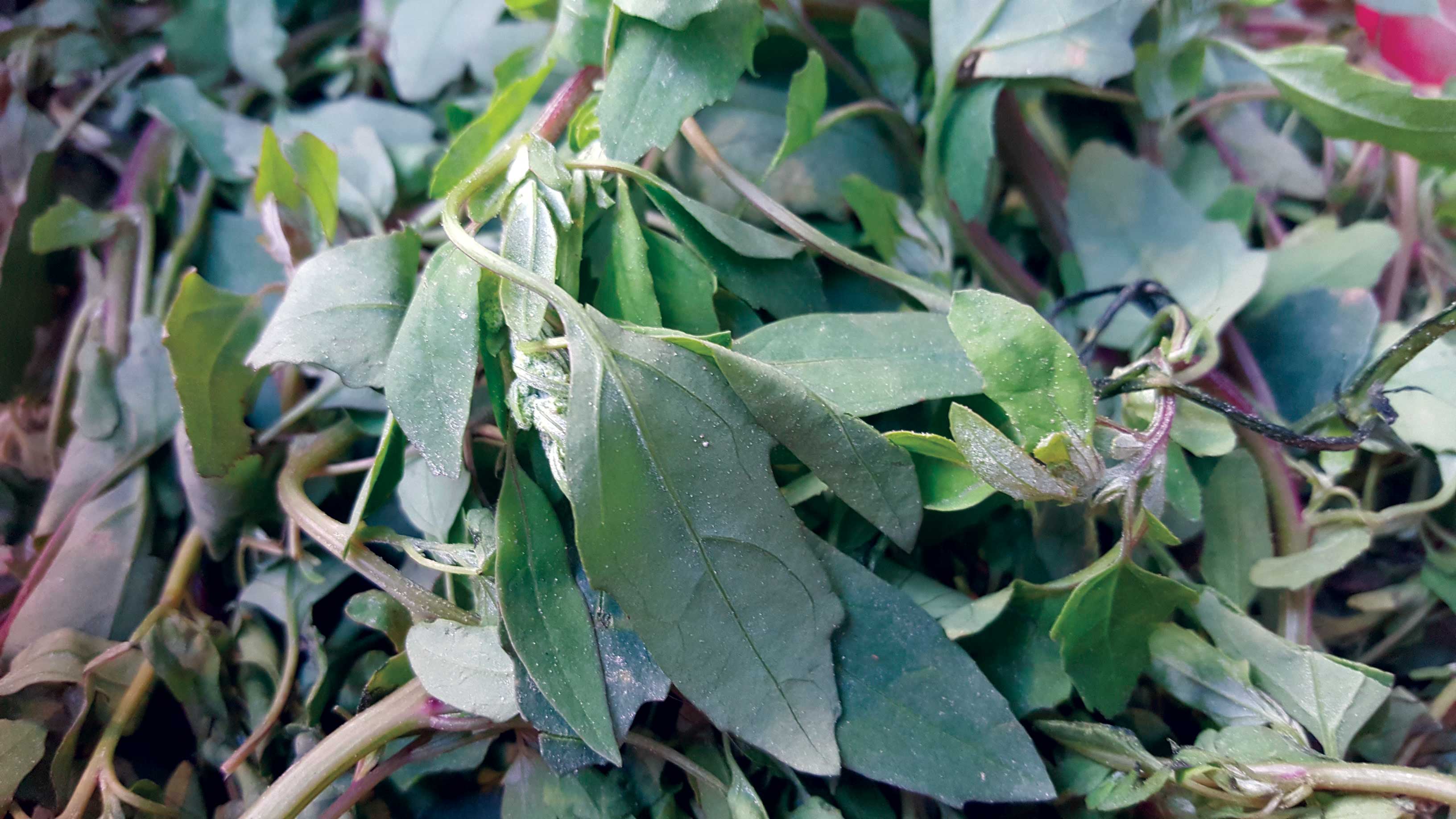As we drive past Boudha and head towards the eastern end of the Kathmandu valley, we come across a lush green forest. It is now a tiny oasis in what is increasingly looking like a concrete jungle of the Jorpati area. This is the Gokarna forest that has numerous legends, folklore and history attached to it.
First of all, it seems that the lake that was Kathmandu valley was not drained with a single stroke of Manjushree’s sword at Chovar as we may believe. The entire valley was drained by cutting several gorges. One of these cuts is to be seen at Gorkarna at the edge of the forest. Imagine the time when this gorge had not yet been “cut” and the entire area all the way to the foothills was still a lake. Next to the gorge is the big and beautiful temple of Gokarneshwor.
There are legends that explain how Lord Shiva was roaming the forests as a deer and when the gods came down looking for him they recognized him and “captured” him by holding onto the horns. The horn broke into three pieces and the spot where Brahma buried his piece is where the temple is located. The inscriptions found at Gokarneshwor temple, which in its current form was built in 1582 AD by a Gopiran Bharo, describes the origins of the spot well before the Lichhavi period and informs us that the place was of great significance even before them.
As one walks past the bend in the Bagmati river upstream of Gokarneshwor temple complex, one comes across the sacred site of Uttar Bahini. Here again, on any day, one observes many families conducting rituals with the sacred fire (hom). Looking across the Bagmati and open rice fields southwards, one sees the lush canopy of the forests of Gokarna.
In the Buddhist chronical – the Swoyambhu Purana, the confluence and sacred bathing spots along the Bagmati are attributed as the sites where the great Boddhisatwas appeared to end suffering. Gokarna is where the Boddhisatwa Gaganganja appeared. For Buddhists, this spot is known as the Sodhana Tirtha and is the habitat of the Takshak Naga raja – the serpent king who is presented in Kathmandu valley art as a red snake forming the garland around the Garuda.
In the same area, a long time ago, there was a Prince Gokarna who was very infamous and who indulged in immoral speech and behaviour with his father King Vriskarna. The king sent the prince away into exile. The king passed away in despair and many years later the prince came back to the site to purify and appease the spirit of his dead father. It is said, according to Buddhist chronicles of the valley that Boddhisatwa Gaganganja appeared at Gokarna to bless and forgive the prince. This is therefore the temple complex where persons who have lost their fathers perform rites and rituals (saradha). Legend also has it that Ravana- the ‘villain’ in the famous Hindu epic Ramayana meditated to Lord Shiva at Gokarneshwor. He was granted a boon by Lord Shiva at this spot making him almost invincible.
Two and half thousand years ago, the Kathmandu valley and the hill areas that covered an area all the way to the east to the Teesta river was ruled by the Kirantis. To the west their domain stretched to the Trishuli river. Historians tell us that this country was ruled from the capital city called Gokarna which is a mere village today. The Kirant ‘dynasty’ had twenty nine kings with Yalamber as the first and Gasti as the last one. The same sources tell us that after the city and ‘palace’ at Gokarna were destroyed, the Kirants moved to the Patan side of the valley and built a new palace of Patuko. One can see the ‘site’ near the Patan Durbar Square to this day. This shift of the capital and the palace is said to have taken place in 75 B.C.
Jung Bahadur, the first Rana Prime Minister of Nepal loved to hunt and spent many winters in the terai hunting. As he grew older, the passion remained but was not able to travel out of the valley as much. He therefore created a small deer hunting reserve for himself. Thanks to Jung Bahadur, we have this critical patch of forest in the Kathmandu valley today. He also had a brick wall built all around the reserve. In order to spend the nights in Gokarna, he had a hunting lodge built and called it ‘Rajani Kunj’. This building is an integral part of the Meridian complex today. The forest is in great shape and now used by golf lovers and also by Megh Ale and the Borderlands team to give corporate leaders a “back to basics” course on management. Birds, deer and other small wildlife are in abundance at Gokarna.
Anil Chitrakar is a founding member of Kathmandu 2020 and
has launched Crafted in Kathmandu to help local artisans.
For comments e-mail: rosha@craftedinkathmandu.com
Gokarna Forest Resort The Royal Hunting Ground
As you drive along the winding roads that lead you to the gates to Gokarna Forest Resort, its hard to...









